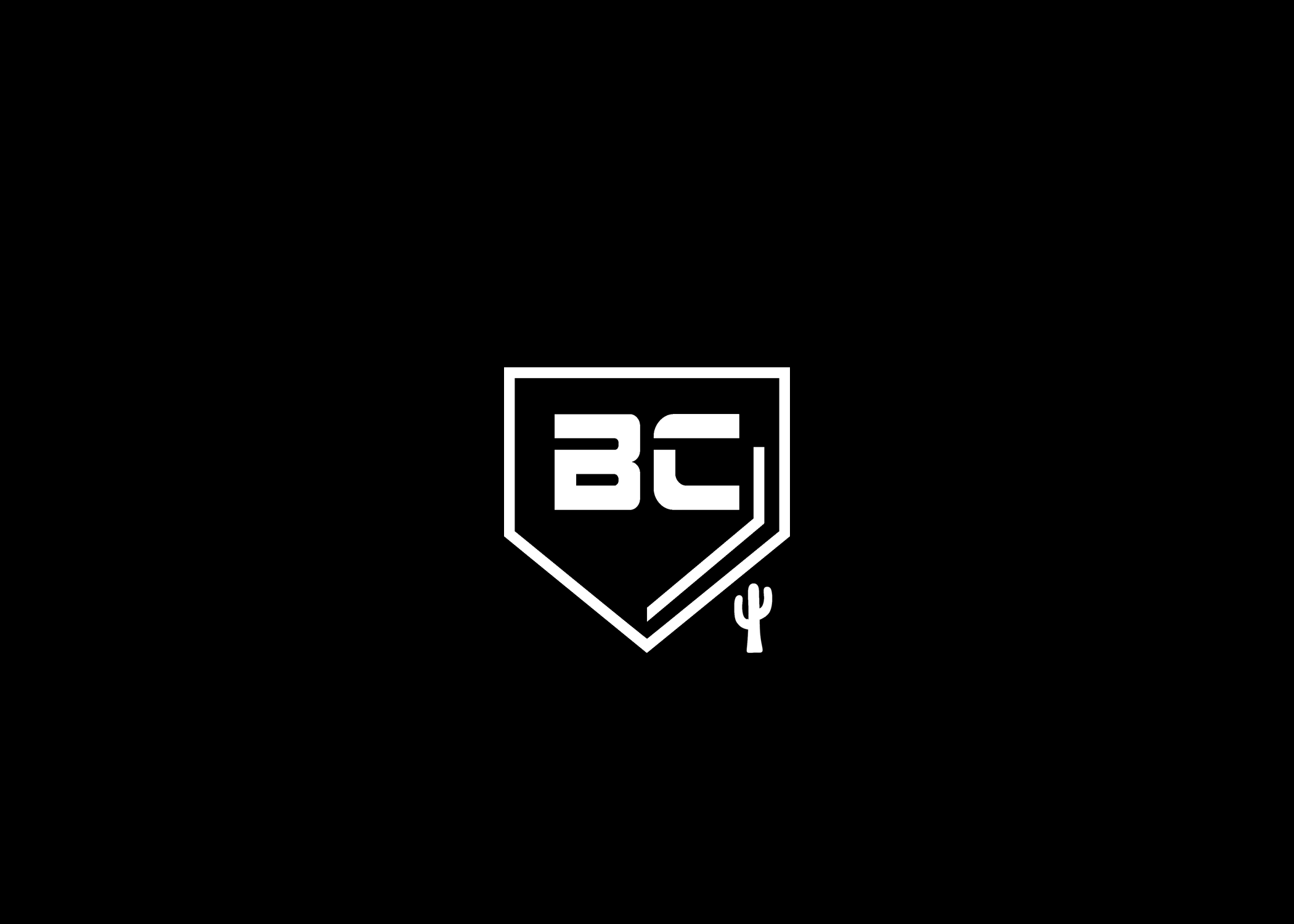The Next Big Thing, Andrew Painter
Andrew Painter, a highly regarded starting pitcher impresses with his 6'7", 215-pound frame. Selected by the Philadelphia Phillies in the first round. Despite his rapid rise, Painter's progress was halted by the necessity for Tommy John surgery, sidelining him for the 2024 season.

Intro
Andrew Painter, a highly regarded starting pitcher from Pompano Beach, Florida, impresses with his 6'7", 215-pound frame. Selected by the Philadelphia Phillies in the first round of the 2021 MLB Draft at 20, his pitching arsenal includes a fastball reaching 101 mph, effective sliders, curveballs, and an evolving changeup. Despite his rapid rise, Painter's progress was halted by the necessity for Tommy John surgery, sidelining him for the 2024 season, a significant pause in his promising career trajectory.
Pitching Arsenal
Andrew Painter's pitching arsenal is notably advanced for his age, anchored by a fastball that has touched 101 mph. Though the fastball typically sits around the mid to high 90’s. His repertoire also includes a highly effective slider and curveball, complementing his fastball with significant movement and deception. Painter has been working on refining his changeup, aiming to add another layer to his pitch selection and enhance his ability to challenge hitters.
This combination of speed, movement, and variety makes him a formidable presence on the mound, showcasing the potential for dominance at the professional level. Perhaps most notably, Painter has excellent control and has a very low walk rate in the minor leagues so far.
Generating Buzz
Andrew Painter has created significant buzz in the baseball community, highlighted by his recognition as the MLB Pipeline Pitching Prospect of the Year. His performances in the minor leagues have been nothing short of exceptional, drawing praise from scouts and analysts alike. Painter's dominant outings, characterized by high strikeout rates and low walk rates, have solidified his status as one of the most exciting prospects in baseball. This acclaim is not just about his current achievements but also reflects the high expectations placed on his potential impact in Major League Baseball.
Minor League Performance
During his age-19 season in 2022, Andrew Painter excelled across Single-A and Double-A levels, posting a 6-2 record with an impressive 1.56 ERA and a 0.89 WHIP over 103 2/3 innings pitched. He demonstrated exceptional control and strikeout ability, walking only 25 batters while striking out 155. These statistics not only highlight Painter's dominance in the minor leagues but also underscore his potential for a successful transition to higher competitive levels, showcasing his readiness for the challenges of Major League Baseball.
Mechanics & More
After watching every video that I could find of Andrew Painter pitching on YouTube, I was blown away by the fluidity and cleanliness of his mechanics. When seeing the stats of him, being 6'5" and throwing 101 mph at the age of 20, I was convinced that I would see a handful of things that stand out, which I could attribute to his Tommy John surgery. I was wrong; there was nothing that stood out. As a matter of fact, I was shocked at the near perfection of everything he was doing. He stacks his legs incredibly well, allowing him to generate a ton of force directly out of the ground and then transfer that right into the baseball through exceptional hip-shoulder separation. He’s not a guy that even slightly drops his arm into a compromised position during his layback but instead is supported nearly picture-perfect from elbow to shoulder to chest. From what I can observe, there’s nothing to indicate that his UCL injury is related to his pitching mechanics at all. So what might it be?
It’s no secret that Tommy John surgeries are way up in baseball. They’re so common now that I’ve heard a lot of coaches even say it’s better to get it out of the way early in your career. I have an opinion on why we’ve seen such a stark rise in these injuries, like most people do, and I absolutely think I’m correct on this.
Velocity is up, and it’s up big. Here’s a hot take, get ready. Greg Maddux, a Hall of Fame pitcher who pitched his last pitch in 2008, would not stand a chance in baseball today. I say that not because I think he wouldn’t be good enough, nor do I think he wouldn’t be just as successful today as he was throughout his dominating 23-year career. I say that because I don’t think he would have been given the chance to pitch at the Major League level. K/9 simply means the amount of batters struck out per 9 innings. Greg Maddux was a four-time Cy Young award winner and a multi-time top-5 finisher in that race; his K/9 for about his entire career ranges from 4 to about 6.5 strikeouts per 9 innings. He had three seasons out of his 23 seasons where he got that number up to the 7’s.
Let’s take a look at the last couple of Cy Young award winners and compare. Blake Snell, 2023 NL winner, had 11.7 K/9. Garrett Cole, 2023 AL winner, had 9.6 K/9, which is slightly down based on the number of innings he pitched, 209. Cole has been as high as 13.8 K/9. Showing these stats is not to say that you can’t win a Cy Young without a high K/9, but what I am saying is that with higher velocity, the strikeouts increase. MLB organizations love pitchers who strike batters out. There’s minimum risk involved when you know that every 9 innings pitched, 13 of those batters aren’t going to put the ball in play. Greg Maddux didn’t have that luxury during his career. He relied on weak contact from the hitter through his craftiness of mixing and locating his pitches with exceptional movement. I believe that Greg Maddux simply would’ve never been given the chance to break out into the minor leagues because he didn’t strike batters out at the same rate as pitchers are today. If you have two guys that get the same amount of outs but one of them does it via the strikeout and one does it through weak contact, every single organization is going to take the guy that strikes the batter out based on the true outcome of the strikeout.
So what does this have to do with Andrew Painter getting Tommy John? I think it’s simple; if you want to be a Major League pitcher today, you need velocity. The velocity, however, is going to come with the likely consequence of a torn UCL. Although you might look at Andrew and think, "Here’s a 20-year-old 6’7, 210-pound professional athlete throwing 101," I look at him and see what it takes to reach that. He likely began his journey of gaining velocity around the age of 16; that’s only 4 years removed from where he is today. Within those 4 years comes a lot of physical growth and overall body maturity. There’s a tremendous amount of stress that goes into the arm while trying to gain velocity. Many times a teenager's body, especially those who are 6’7, do not have the appropriate strength in their tendons and ligaments to support the amount of stress that high velocity requires. That doesn’t mean that high velocity can’t be achieved, it just means that it likely cannot be sustained.
In closing, I think that Andrew Painter, like many pitchers today, ends up having to get their elbows surgically repaired because of the path that is seemingly mandatory to take to make it in Major League Baseball. Even if your mechanics are perfectly in sync and lined up and put together, it doesn’t change the constant force that goes into every single pitch while on the mound. The amount of force that was never a prerequisite until very recently in the game of baseball.
